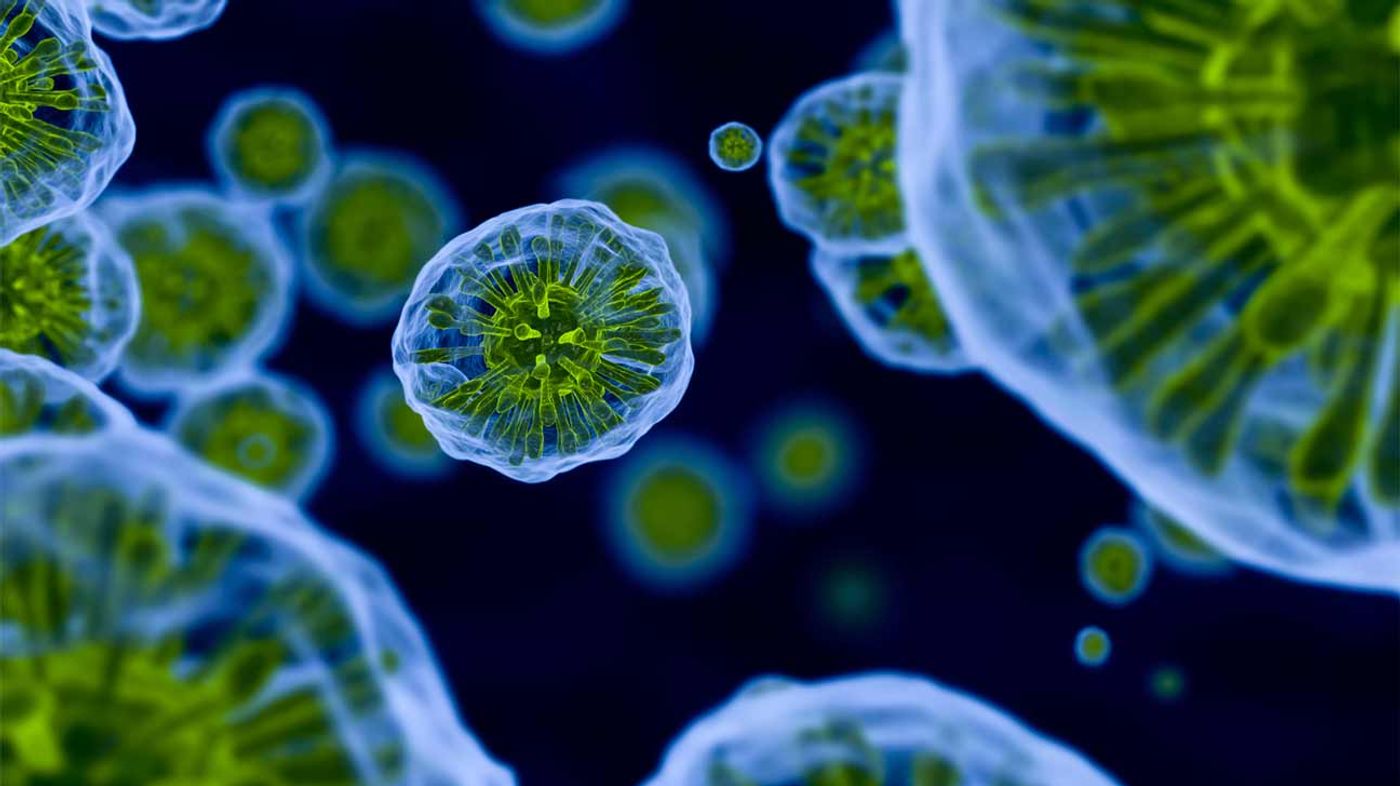The innate immune system helps an infected cell in one of two ways: calling the troops to bring in effector immune cells to fight the infection or triggering the cell to self-destruct through apoptosis. What scientists thought were two separate pathways stemming from the innate immune system, stimulated by different entities, actually share a common mediator.
From the University of Pennsylvania, scientists built off of a 2
014 Proceedings of the National Academy of Sciences study investigating the role of an enzyme called caspase-8 in stimulating the immune response to a bacterial infection from Yersinia, the same bacterium that causes plague. However, in less severe cases it just causes food poisoning.
The 2014 study showed that caspase-8 is vital to the induction of apoptosis, programmed cell death, for the first time ever. Now Pennsylvania senior author Igor Brodsky of the present study, published in
PLOS Pathogens, extended their investigation to see if caspase-8 was also fully responsible for stimulating the production of cytokines to bring more immune cells to the scene of the crime.
“According to our earlier study, if the only function of caspase-8 was to regulate cell death, we would have expected the presence of wild type cells to rescue the ability of the caspase-8 knockout cells to make inflammatory mediators,” Brodsky said. “But that wasn't the case."
Brodsky’s new study involved the reaction of the immune system to bacterial lipopolysaccharides (LPS), molecules found in the surface membrane of all Gram-negative bacteria that strongly stimulates innate immunity in humans. The researchers introduced LPS to both wild type and caspase-8-deficient cells and analyzed all RNA transcripts that were activated. They found that the levels of more than 500 genes related to cytokine and chemokine signaling were differentially expressed in the caspase-8-deficient cells.
"In the absence of caspase-8, or when its enzymatic activity is lacking, innate immune cells have a general defect in their ability to respond appropriately to microbial products,” Brodsky said. In the past, researchers have seen mutation in the caspase-8 gene cause severe immunodeficiency, and this study now helps to explain why. No caspase-8, and no inflammatory response, because the appropriate genes aren’t turned on.
Brodsky’s new study also showed that many of the cytokines that are lacking in caspase-8-deficient cells are associated with toll-like receptors (TLRs). These are receptors that detect a wide variety of pathogens via pattern recognition, doormen of the immune system that stimulate both the innate and adaptive responses.
The same study found that a specific form of caspase-8 is necessary for simulating cytokine production. In the past, scientists thought that unprocessed caspase-8 needed needed cleaving by target proteins in order to be activated. But is this the case as well for caspase-8’s enzymatic activity? Brodsky and his team used a unique CRISPR-Cas9 strategy to produce mice with a form of caspase-8 that would not able to be processed. This study showed that these mice had deficiencies in the ability to stimulate apoptosis, but they had no problem producing cytokines. Apparently, a protein called cFLIP turns the unprocessed form of caspase-8 into a condition to produce cytokines in response to a bacterial infection.
In the future, Brodsky and his team plan on continuing their work with caspase-8, first looking at its role in stimulating cytokine production to other types of pathogens and then identifying genes downstream of caspase-8 that are cleaved in the process of mediating caspase-8-induced cytokine production.
“[This study] could be one explanation for why people with defects in caspase-8 have immunodeficiencies and are more susceptible to several bacterial and viral infections of the respiratory and nasal tract," Brodsky said. "It could either be caspase-8's role in cell death, or it could be its important role in gene expression."
Sources:
University of Pennsylvania,
Scitable by Nature Education,
Journal of Endotoxin Research









